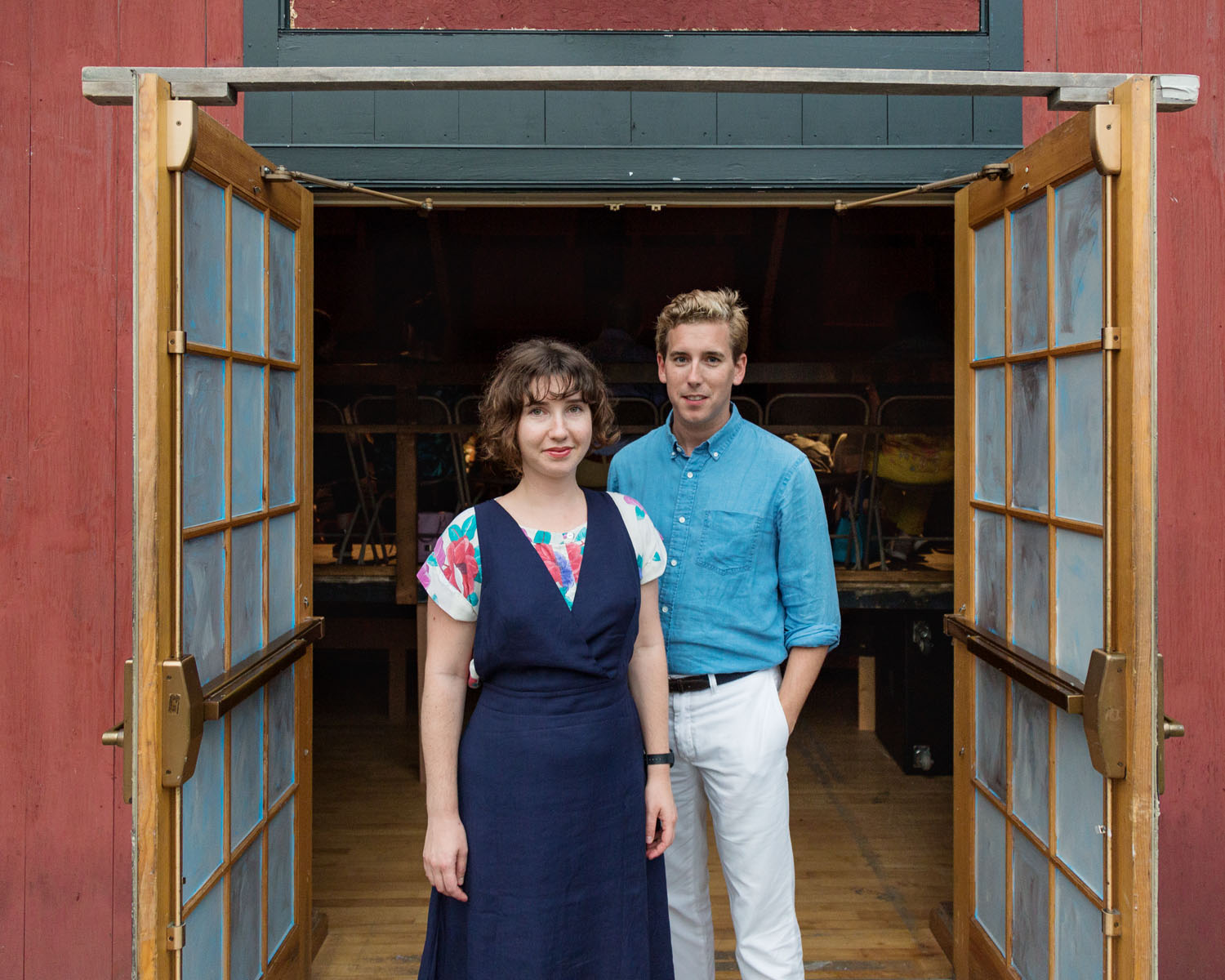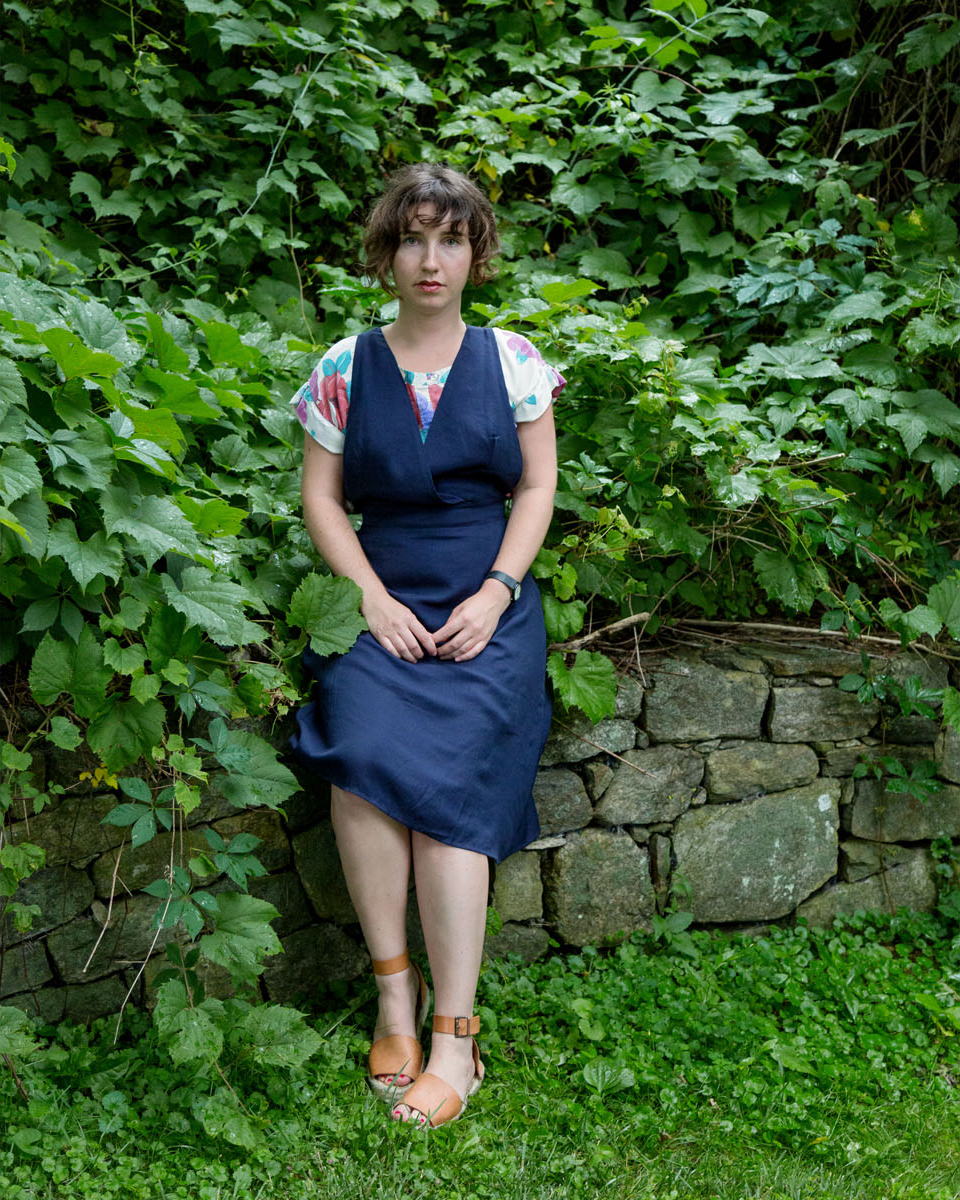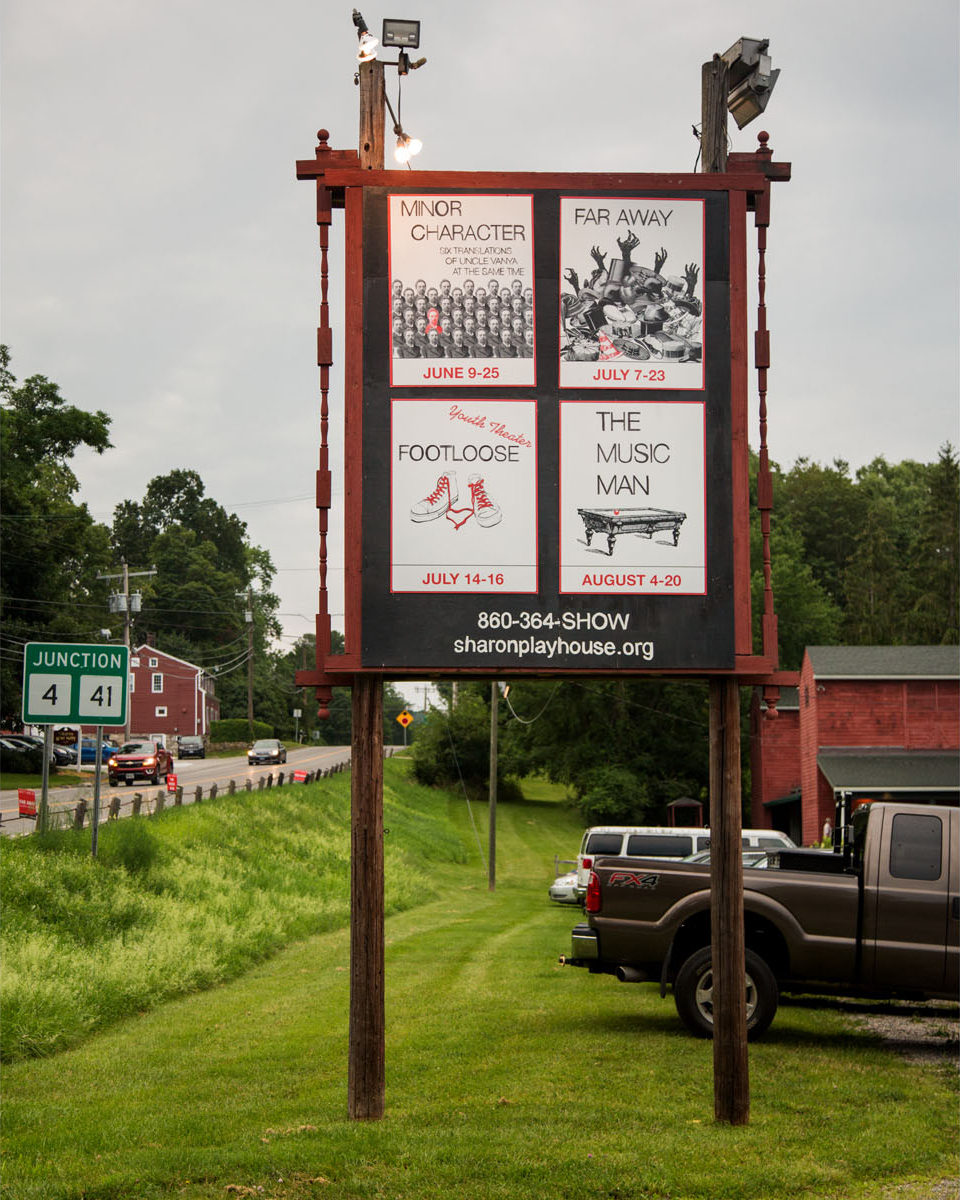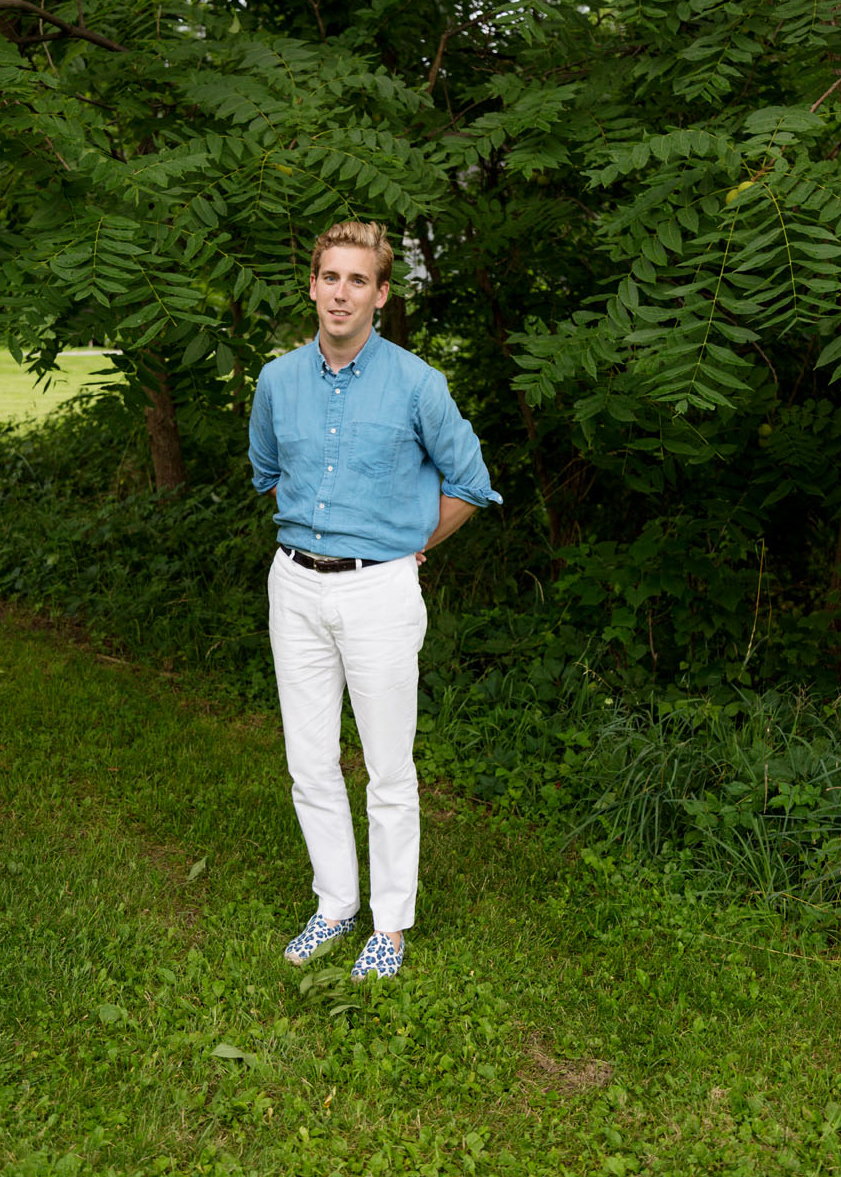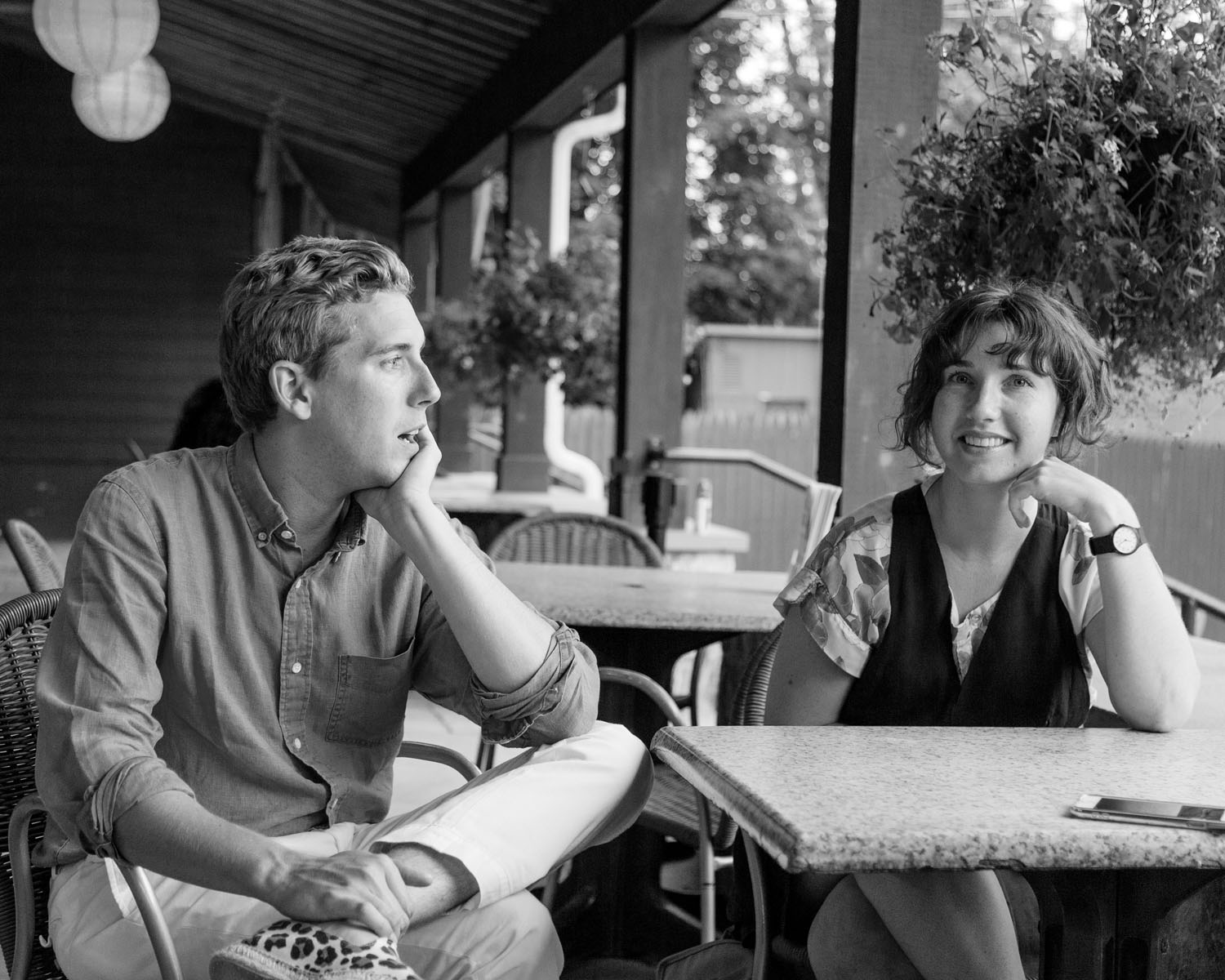Michelle: So, how has the experience been, what are the lessons learned, and what can others take away from this type of programming? How would you encourage other artistic directors or administrative folks to be inclusive in their guidance of emerging theater artists?
Johnson: It’s a leap of faith. You have to trust the artist. I’ve only seen Morgan do one show.
Morgan: He was very trusting. I couldn’t believe it.
Johnson: Well, I don’t think great work happens without great risk. There are so many theaters in this country. There are so many theaters in New York that are picking the trusted directors, the old steady hand, with the way that it has been done before. It feels to me, if I’m going to be a young artistic director, I should do something different. I should make a different choice. I should think about who’s going to make the next great theater, and give a platform. I’m really proud of Morgan’s work, and now she’s had three big productions in a row. I won’t speak for whatever she’s learned, but there have been insane learning moments. No artistic director can ever tell her she’s not ready to do a musical. No artistic director can tell her she doesn’t know how to do a stylized Caryl Churchill play, you know, and that’s so exciting to me. To give her that experience…
Morgan: Yeah, it’s a ton of experience right in a row. It forces this kind of feverish creativity.
Michelle: It must be all overwhelming.
Morgan: Very overwhelming. But it’s pushed me to be really collaborative with the designers and the actors and trust them in the way that Johnson’s trusting me. I think [Johnson] told me I brought about 80 people here, all in all.
